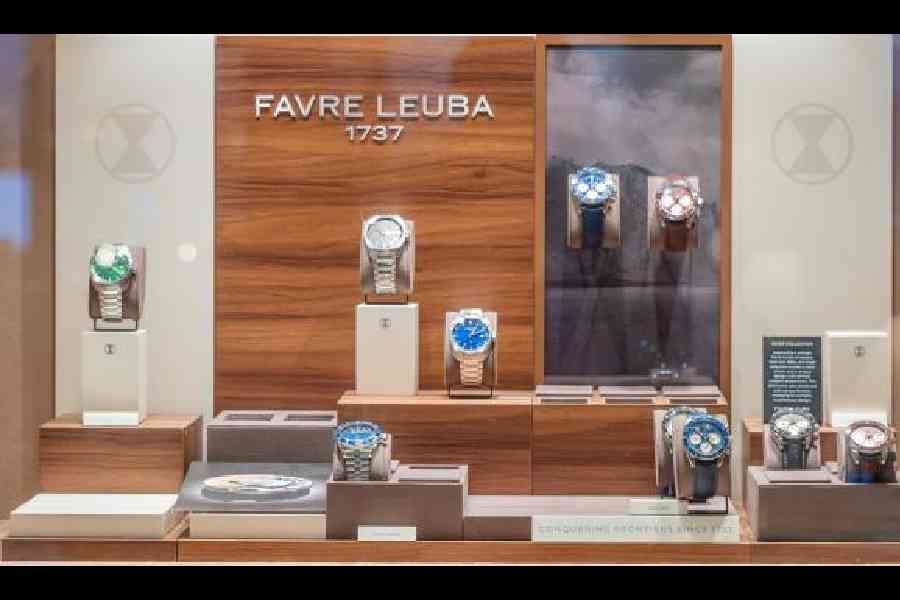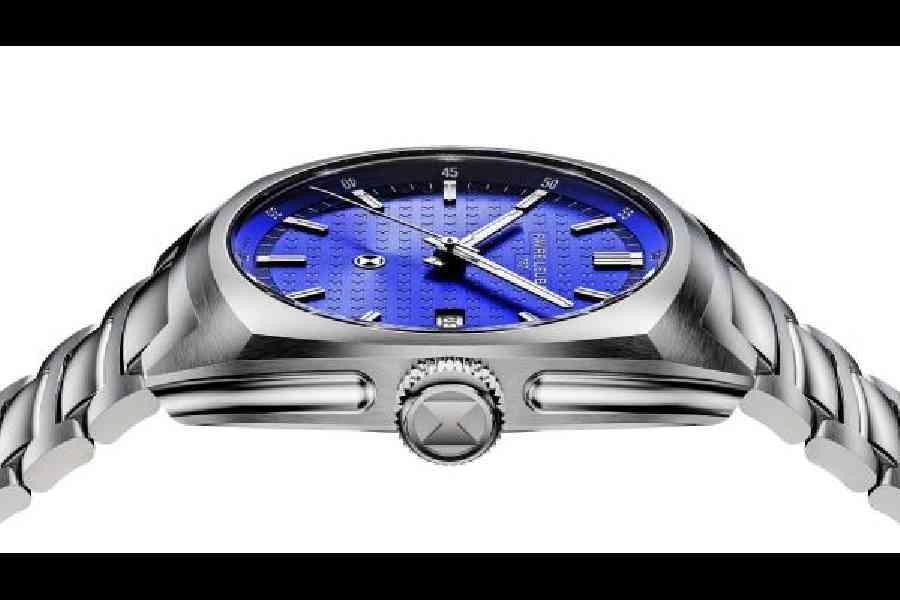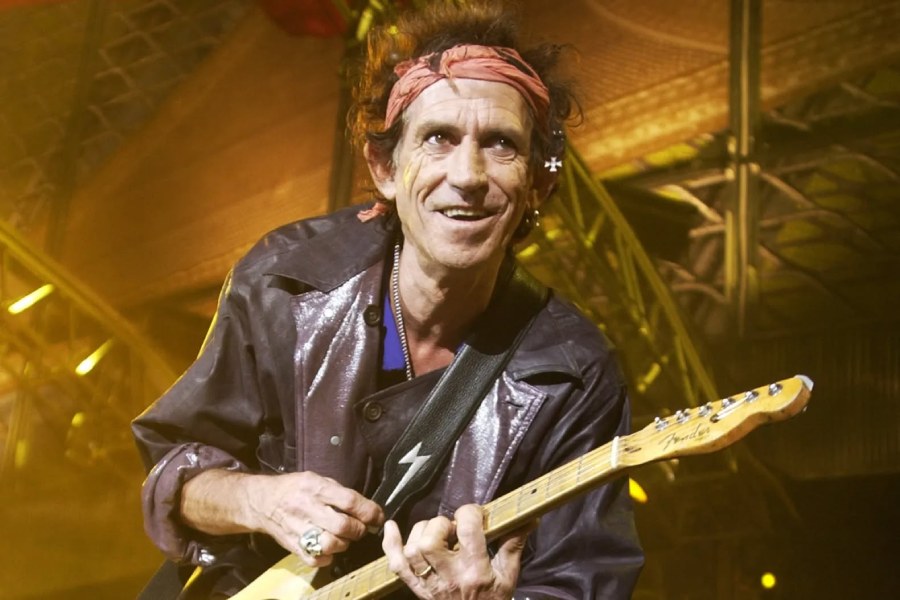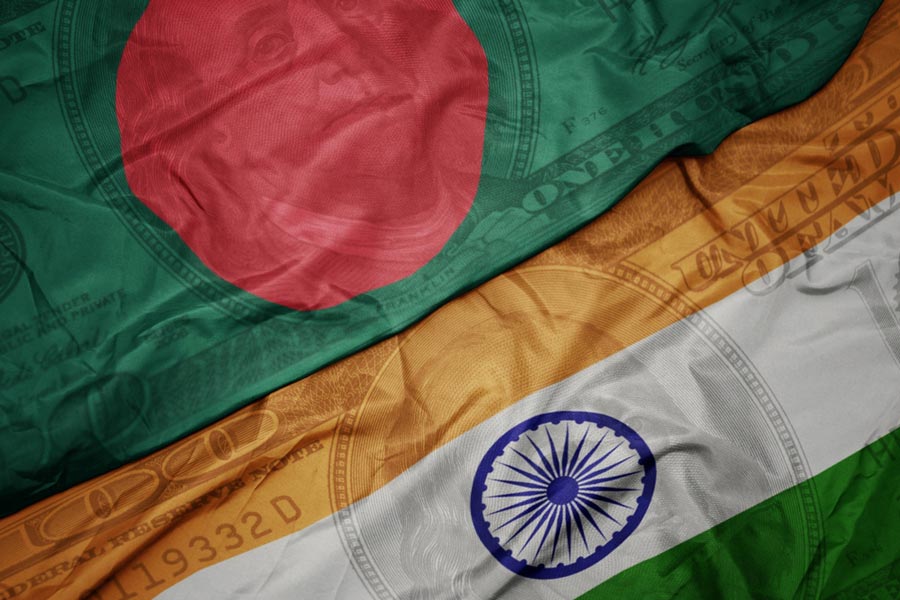Favre Leuba, the second-oldest watch brand in the world after Blancpain, with a history of 287 years, has relaunched after a change in ownership, with an entirely new range of watches in the roughly ₹2.50 lakh-4.50 lakh price range. It has a long history in India, having been the first watch company to sell its watches in the country way back in 1865. It was also a maker of innovative timepieces. Favre Leuba chairman Patrik P. Hoffmann, a veteran of the watch industry, spoke with t2oS about his plans to take the watch brand forward, timepiece trends, and more. Excerpts.
Where are you planning to take Favre Leuba?
I’m wearing the global hat but in India we have very strong plans because India is seen to be the biggest market for Favre Leuba. You know, it’s so historical and I think what we’re doing here is we are writing part of the history of Favre Leuba and that’s why it was also important for me to launch in India because India is really going to be a key market for us. So, we are relaunching the brand with our new collections in 45 stores. And the goal is to increase that number of doors exclusively with Ethos (the multibrand, pan-India watch chain) as our partner over the next five years. That number can become easily 60, 70, 80, 100 stores, it depends on how fast Ethos is growing together with Favre Leuba. On top of that, we are planning to open a number of monobrand boutiques. So now with those 22 SKUs, I call it the first wave of new watches. We need more collections to be able to have monobrand boutiques. And this will happen within the next 12 months as well.
And, of course, simultaneously to build the markets where Favre Leuba was strong in the past, like the Middle East, like Central Europe and Japan, and venture into markets where Favre Leuba didn’t have a very strong foothold in the past, like the United States, etc. We have now engaged distributors, retailers in these areas as well, and they will get their watches very soon. But India is really the priority right now.
What is the holding like now?
It’s a Swiss entity that bought the brand and the assets from the Titan group two years ago. So, two years ago we bought the rights, we bought the collections, we bought the name, and that’s why we are talking about the relaunch and we decided to appoint Ethos as our sole distributor and exclusive retailer in India. And, for me, because India is so important, it was very important for me to have a partner in India which is very strong and where we can cover entire India. And that’s why we were able to launch the brand at one stage now in a few days in 45 stores.
What range do you have now?
So now we have a new range which we are launching, which is 22 SKUs, so the 22 reference numbers within three families. So what we did, we had to decide which families are we going to revive because the history is so strong and so old that we had to choose which families to start with. And there will be more families coming. So, three families we decided to start with. One family is the Deep Blue, which is a diving watch from the 1960s.
We have no limited series but, of course, the production is very limited. We are producing in the first year 4,000 units and this will double next year and over the next 10 to 12 years we are planning to bring that number to a 100,000 units per year. This is not going to happen overnight because it’s mechanical timepieces. It needs a lot of attention to detail. We are not taking any shortcuts on the movements. In our case, now, for the relaunch of those 22 SKUs within three families, we decided to go with a manufacturer of movements which is called La Joux-Perret. And they produce only a limited amount of movements. But they’re able to do the finishing of the movements to a very high standard.

A representative display of the new Favre Leuba range
It’s not so industrial. So you see, for example, the finishing on the timepiece (shows the Favre Leuba he is wearing), you have blue screws. They are heated up to become blue. You see, we have a rotor which is skeletonised and which has Geneva stripes. So, you can see that there’s no shortcut taken in the movement. Plus, not only the look, the movement in this case has a power reserve of 68 hours. So, then, of course, you can also see all the details. For example, if you take the case, you see it has a brushed part, it has a part which is polished, which adds to the character. When you look at the case, you have a brushing in this direction, you have a circular brushing on the top, which really adds up to the details, you know.
So you had the Bivouac series and you had the Bathy...
Of course, which is one of the most famous ones, which is an icon measuring the altitude. So, in 1962, the Bivouac was introduced and then, six years later, it was the Bathy, which then would go into the depths.
You’ve taken those out of the collections?
Well, at the moment we don’t offer them because we are working on a new movement and we will be able to show that in the first quarter of 2026. So, it’s already in development.
The Bivouac is going to be the first one. More will follow. Because it’s such an iconic piece that when I came on board and we started to revive the brand, I immediately realised this is a series, an icon, which we have to revive. And this is what we are going to do.
But your current designs take up from the Bivouac and the Bathy...
Yes, but that’s the design from the last 10 years, the visual. But now, of course, in the new lines which you are going to see, like, for example, if you look at the Deep Blue, which we are reviving, it was initially introduced in 1964, and it has a neo-vintage look, which has a wearable appeal. So, everything which you see now, not what was done over the last 10 years, but what you see now is wearable. Because the size of the watches became smaller. Ten years ago, eight years ago, this would have been considered very small. Today, you are absolutely in.
How do you see watch sizes moving? They seem to be going smaller...
Sub-40mm, 40mm or thereabouts, are the sweet spots. They are now at 40mm, 39mm, and they are even becoming smaller. So, one of our new items which we are introducing is a Deep Blue with the original size of 39mm and today this is a size which is in, you know, it’s the zeitgeist of today.
Is it also the fact that these sizes (38-40mm) have now become more or less unisex?
You could say so, yes, but ladies go even smaller. Ladies go to 36mm, 35mm, 34mm. So the trend in general is going smaller.
Is it tougher to make smaller watches?
Yes, in a way it is because when it comes to mechanical movements, there’s a certain limitation. You go to maybe 36mm and then you hit a barrier.
What are the speciality movements that you want to make?
So the first one, as I said, is the Bivouac. And everything which we do, we go back to the history. We always search for a connection to the history. So, when you look at the history, chronographs were important. That’s why we have a chronograph. Power reserve is important. Favre Leuva was one of the first brands that came out with a double-barrel movement. And the double-barrel movement has the advantage of a long power reserve. So when I say two barrels it means two mainsprings..
What are the global trends in mechanical watches?
I think we are right in there. So I can talk about a younger generation, particularly, that is very much inclined to look at the past of the brand. They want to see what did the brand do in the past. They look at sustainability of a brand. And that’s why we had a history, which is important. Today, people look for a watch that has a soul, you know, that ‘tick-tock’. You know, there’s no battery in there and that’s exactly what today’s customer is looking for. In terms of sizes, it’s still going down 40mm, 39mm, 38mm, even 36mm people are wearing. Men are wearing even sizes to 36mm.
Materials?
Steel, titanium. In India, of course, also two-tone is very much trendy. But I think there’s also a trend again more towards gold. But it’s more that combination of what is happening outside, what you see, and what is inside. And today’s people, they look at what is inside, who is behind the brand.

Favre Leuba Chief
Over the last few years, there’s been a major push for steel sports watches.
Yes, yes, that’s still there today. That’s still unbroken.
What are your offerings here?
What’s happening there is, I call it beach-to-tux. What I mean with this is, you can wear it at the beach, you can wear it at the bar, you can wear it at a wedding, the same model.
And who would you consider your competitors?
I think we are in a field with our price range where we have a big area of competitors.











